Spice Up Your Life: The Global Spice Traditions Behind Marinara Sauce
If you've ever bitten into a slice of pizza or dipped a breadstick in marinara sauce and thought, "Mmm… there’s something magical here," you're not wrong. There's more than just tomatoes and garlic going on behind the scenes — there's centuries of Global Spice Traditions simmering together to create that perfect red dip we all love.
In this deep-dive article, we’ll explore the spicy roots of marinara sauce, uncover its hidden flavor secrets, and give you practical tips to upgrade your next batch from basic to brilliant. So grab your apron, dust off your spice rack, and let’s get saucy!
Table of Contents
- A Spicy History: The Origins of Marinara Sauce
- The Spice is Right: Key Ingredients That Define Marinara
- Around the World in 7 Spices: How Different Cultures Influence Marinara
- 5 Pro Tips to Make Your Marinara Pop (No Tomato Paste Needed)
- Serving Suggestions & Perfect Pairings
- Science Says: Why These Spices Work Together
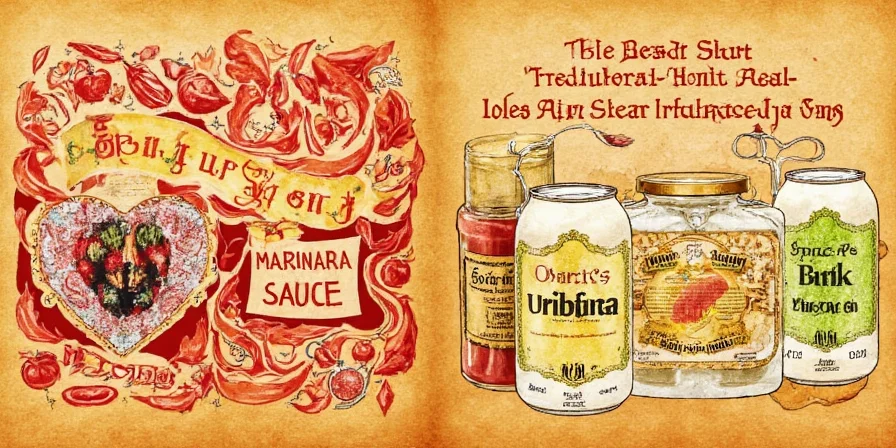
A Spicy History: The Origins of Marinara Sauce
The word “marinara” comes from the Italian phrase “alla marinara,” which translates to “seafarer style.” Legend has it that sailors in Naples developed the sauce centuries ago because they needed meals that could be made quickly with shelf-stable ingredients while at sea. And what did they have? Tomatoes (from the New World), garlic, olive oil, and a handful of spices brought over through trade routes.
But hold on—tomatoes didn’t come to Europe until the 16th century. Before that, marinara-like sauces were made using other fruits and vegetables like eggplant or even fish. Once tomatoes hit the scene, however, the world changed—and the Italians never looked back.
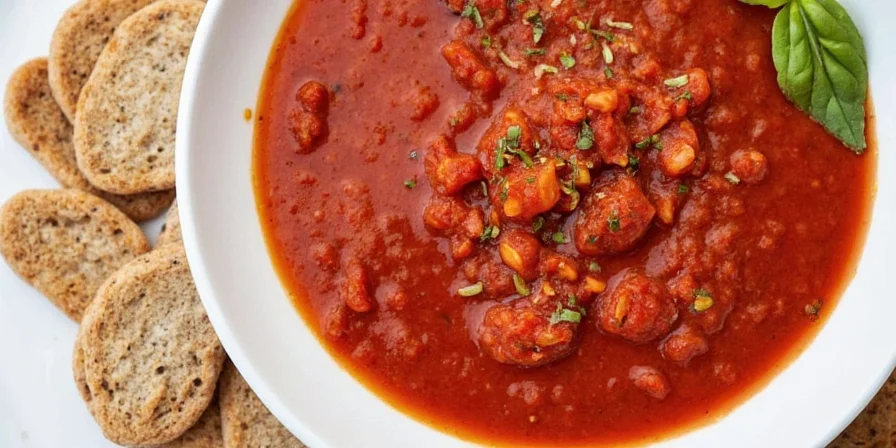
The Spice is Right: Key Ingredients That Define Marinara
At its heart, marinara is simple: tomatoes, olive oil, garlic, salt, and herbs. But within those few ingredients lies a world of spice-driven depth and complexity. Let’s break down the essential players:
| Ingredient | Flavor Profile | Role in Marinara |
|---|---|---|
| Garlic | Pungent, earthy, slightly sweet when cooked | Forms the aromatic base |
| Olive Oil | Fruity, peppery, nutty | Carries and balances flavors |
| Dried Oregano | Earthy, slightly bitter, floral | Adds rustic warmth |
| Basil | Sweet, clove-like, herbal | Brings brightness and freshness |
| Crushed Red Pepper Flakes | Hot, fruity, smoky | Provides optional heat kick |
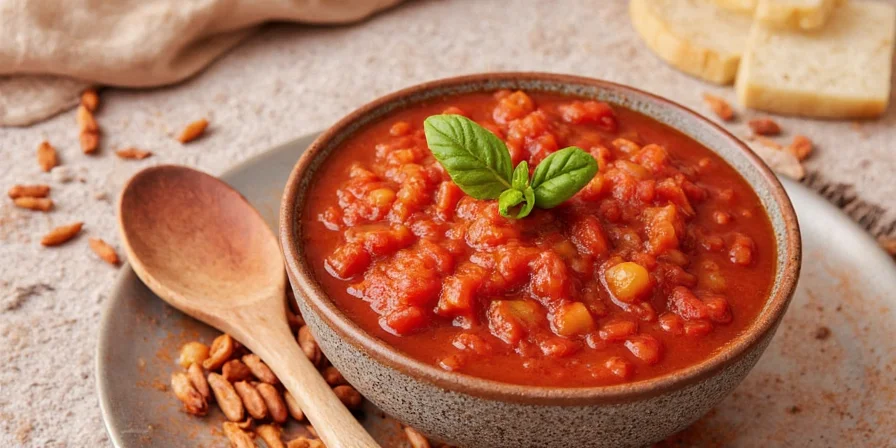
Around the World in 7 Spices: How Different Cultures Influence Marinara
While marinara may have Italian roots, its evolution tells a global story. Here are seven spices from around the world that can transform traditional marinara into something entirely new:
- Cumin (Middle East/North Africa): Adds an earthy, smoky undertone, reminiscent of North African tomato stews.
- Paprika (Hungary/Spain): Sweet or smoked paprika can add depth and a subtle color boost.
- Garam Masala (India): A pinch introduces warm notes of cinnamon, cardamom, and cloves.
- Coriander Seeds (Asia/Latin America): Toasted and ground, they bring citrusy and floral notes.
- Turmeric (Southeast Asia): For a golden twist and anti-inflammatory benefits, though use sparingly.
- Lemon Zest (Middle East/Mediterranean): Not a spice per se, but adds brightness and balance.
- Star Anise (China/Vietnam): A single star can lend a licorice note that surprisingly complements tomatoes.

5 Pro Tips to Make Your Marinara Pop (No Tomato Paste Needed)
Ready to take your marinara game to the next level? Here are five practical, tested tips that will make your taste buds dance:
- Toasting the Garlic First: Instead of tossing whole cloves into the pot, toast them lightly in olive oil. It mellows the sharpness and brings out their natural sweetness.
- Use Fresh vs. Dried Herbs Strategically: Fresh basil is best added at the end; dried oregano should go in early to infuse the oil and tomatoes.
- Balance With Sugar or Lemon Juice: Some tomatoes are too acidic. A pinch of sugar or a splash of lemon juice can balance the tartness beautifully.
- Simmer Slowly, Not Boil: High heat kills subtlety. Let your sauce bubble gently to allow the flavors to meld without scorching.
- Finish with a Fatty Boost: A dollop of butter or a swirl of cream can round out the sauce and add luxurious texture.
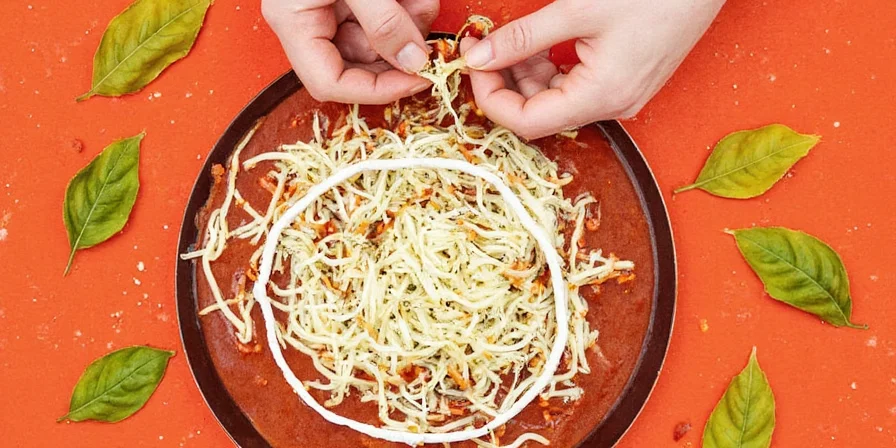
Serving Suggestions & Perfect Pairings
Marinara is one of those magical sauces that pairs well with nearly everything — as long as you match it with the right vibe. Here are some classic and creative ways to enjoy it:
- Pizza Base: Classic Margherita, anyone?
- Pasta Dip: Toss with penne or serve as a dipping sauce for garlic knots.
- Breakfast Twist: Try it with shakshuka-style eggs.
- Protein Companion: Grilled chicken skewers with a side of spiced marinara for dipping.
- Appetizer Hero: Serve with crispy polenta slices or baked mozzarella sticks.
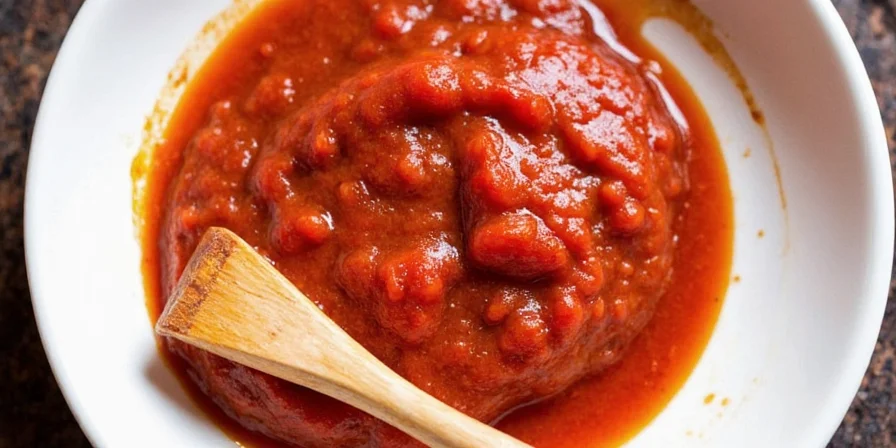
Science Says: Why These Spices Work Together
There’s more than tradition at play — chemistry explains why certain spices harmonize so well in marinara. Here’s a quick breakdown:
- Garlic + Olive Oil: Allicin in garlic bonds better with fats, making olive oil the ideal medium to extract its full flavor.
- Oregano + Tomatoes: Lycopene in tomatoes enhances the absorption of antioxidants in oregano, boosting both flavor and health benefits.
- Basil + Heat: Volatile oils in basil are released under gentle heat, explaining why adding it near the end preserves its fresh flavor.
- Acid + Fat Balance: Tomatoes provide acidity, which is mellowed by fat (like olive oil or cheese), creating a smoother mouthfeel.
- Heat from Chili Flakes: Capsaicin binds to pain receptors, giving that pleasurable burn we crave in spicy dishes.
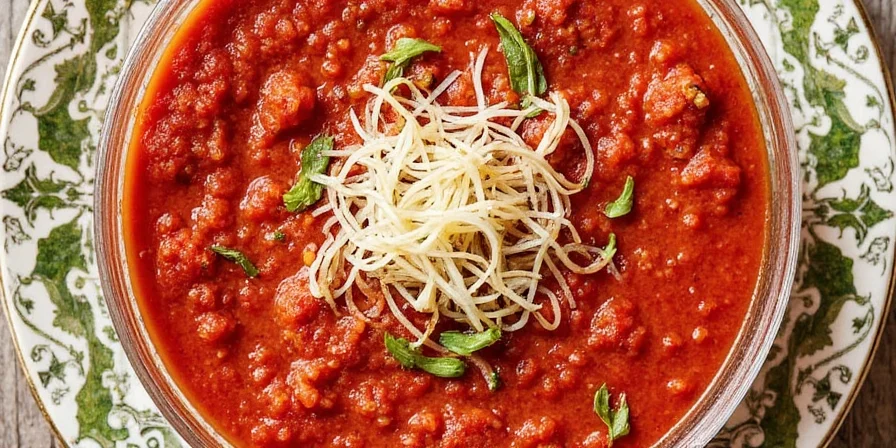
Conclusion: Marinara – A Global Flavor Story
From the shores of Italy to the spice bazaars of Marrakech, marinara sauce is more than just a kitchen staple — it’s a culinary passport. Each spice added to the mix carries a story, a journey across oceans and time, blending into a rich, flavorful legacy.
So next time you stir up a pot of marinara, remember: you’re not just cooking — you’re curating history, science, and global culture on your stove. And if you ask me, that’s one tasty way to travel the world.


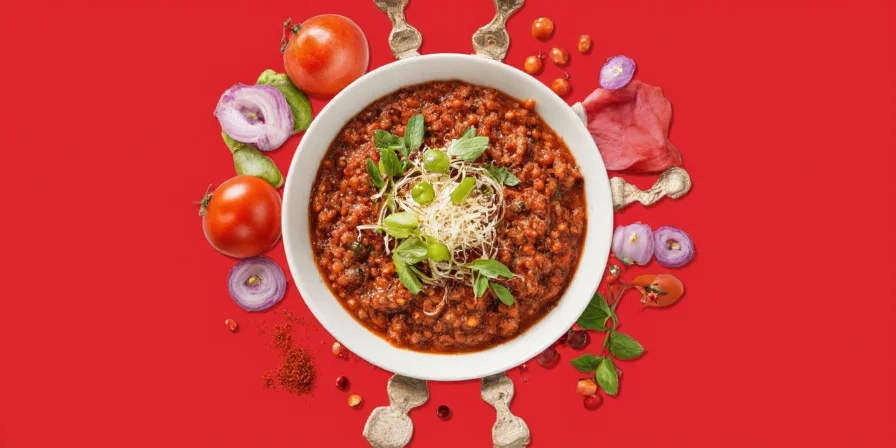









 浙公网安备
33010002000092号
浙公网安备
33010002000092号 浙B2-20120091-4
浙B2-20120091-4